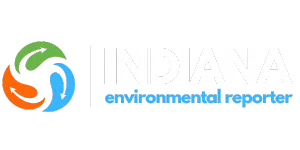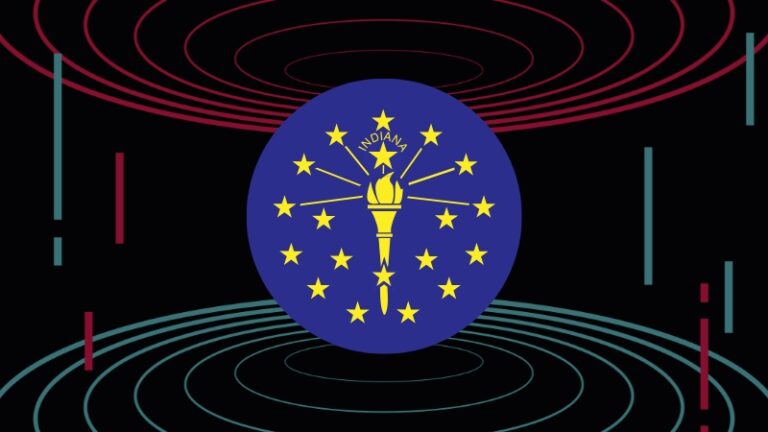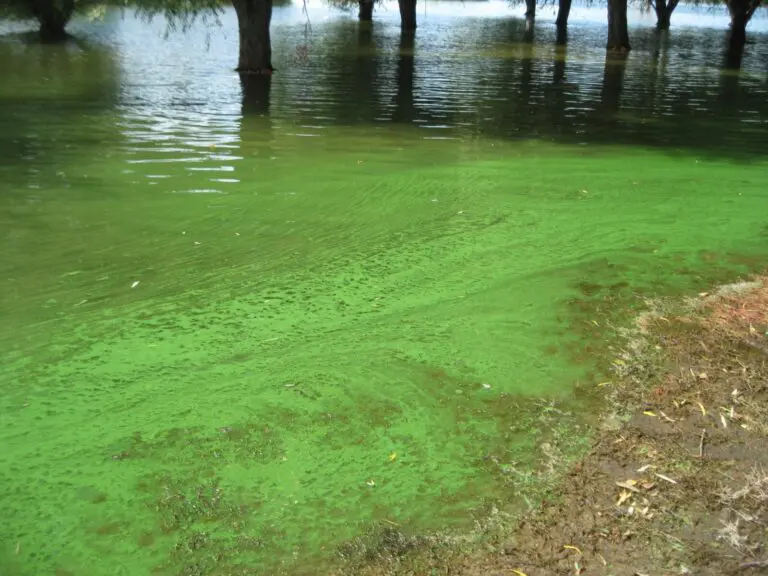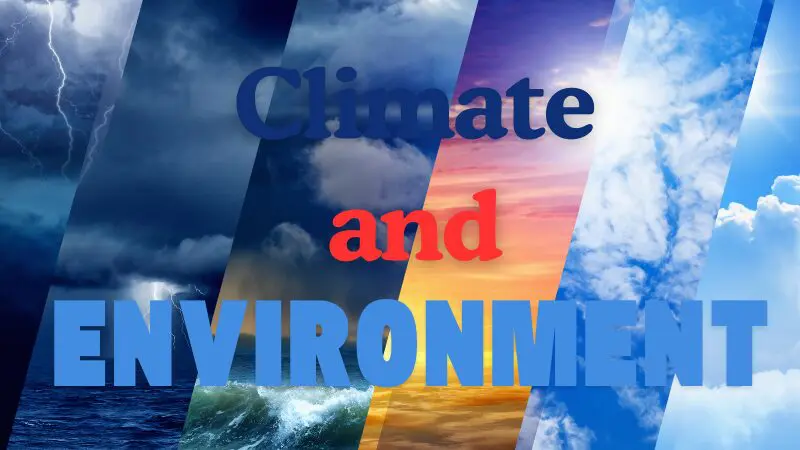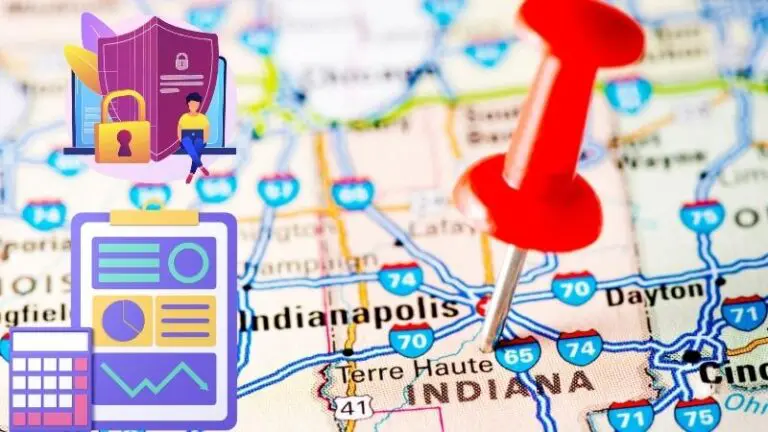Climate and environmental research depends on accurate, accessible, and trustworthy data. Reliable data sources serve as the foundation for understanding patterns, predicting changes, and developing strategies to address environmental challenges.
In an era of rapid climate shifts and increasing environmental pressures, the quality of data can determine the effectiveness of policies, investments, and local action plans.
By learning to identify and use dependable sources, researchers and decision-makers can ensure their work is grounded in facts, driving meaningful solutions that align with both scientific integrity and practical needs.
Table of Contents
ToggleAssess Credible Sources
Credibility depends on the reputation, expertise, and transparency of the organization providing the data.
Trusted sources include global institutions like the IPCC, the World Meteorological Organization, and the UNFCCC.
Importance of Transparent Data Collection
Transparent collection methods ensure that information is accurate, unbiased, and usable. This involves standardized procedures, frequent updates, and clear documentation. For instance, climate platforms like the World Bank’s Climate Change Knowledge Portal and the Climate Data Store provide accessible information in formats that are easy to integrate into research.
Combine Local and Global Sources
Balancing global with localized information is essential for creating practical and relevant solutions. Global datasets give broad insights into climate trends, while local sources provide finer details critical for specific adaptations, such as disaster risk planning or agricultural adjustments.
Integrating reliable information into your research also requires experience. Sometimes, seeking additional support is necessary, especially when navigating complex datasets. Just as professionals in other fields often rely on services like nursing essay writing in UK to refine their work, researchers can benefit from collaborative efforts or external expertise to strengthen their projects. In climate research, these efforts ensure results are both accurate and actionable.
Evaluate Relevance and Accuracy
@cheggbiology A world of possibilities 🌎 #LearnwithChegg #Biology #BioTok #STEM #environmentalscience
Not all data is equally useful for every climate and environmental research project. Evaluating relevance and accuracy ensures that the data aligns with the specific goals, scope, and context of your study.
Matching to Research Goals
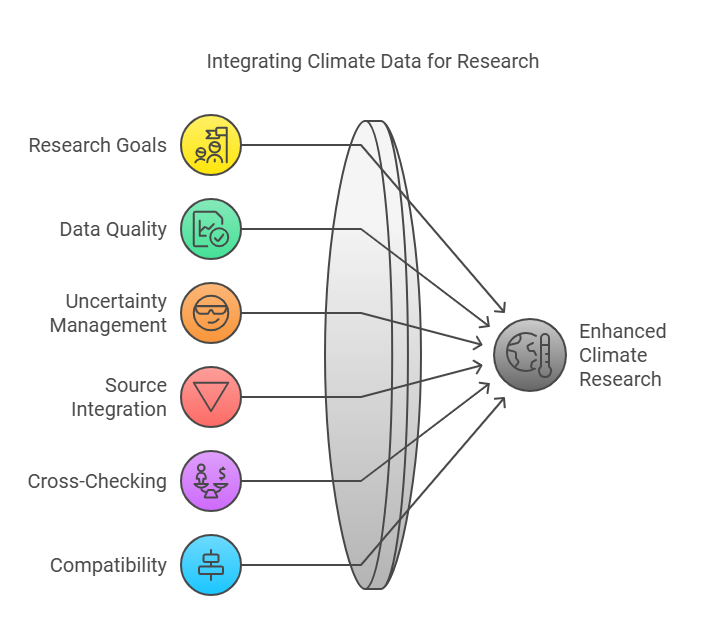
Does the data provide the indicators or scenarios you need? For example, high-resolution datasets are crucial for localized studies like urban flood planning, while broad datasets may suffice for global emissions tracking.
Identifying Quality
Quality indicators include low error rates, high confidence levels, and minimal bias. Trusted platforms like the Climate Data Store and the Global Adaptation Atlas offer robust datasets vetted for precision and reliability.
Considering Uncertainty
Uncertainty is inherent in climate projections due to evolving models and environmental changes.
Evaluating how uncertainties are addressed within a dataset—such as confidence intervals or error margins—helps to interpret results more effectively.[/su_note]
Compare and Integrate Multiple Sources
Relying on a single source can limit the depth and reliability of your findings. Combining information from various sources provides a comprehensive view, helping you identify patterns, verify accuracy, and address potential gaps.
This approach strengthens the foundation of your climate and environmental research.
Cross-Checking with Diverse Sources
Using a mix of global and local sources ensures a balanced perspective. For example, global climate models may outline broad trends, while regional insights provide finer details crucial for specific scenarios.
Platforms like weADAPT and the Climate Information Platform are useful for comparing diverse records.
Ensuring Compatibility Across Datasets
Standardization and interoperability are essential when integrating multiple sources. Consistent formats and methodologies make it easier to merge statistics, projections, and case studies into a unified analysis.
Synthesizing Insights for Broader Impact
Merging information from multiple origins can reveal connections and trends that might be missed when relying on isolated sources.
Apply Information to Climate Research
Application
Example Tools/Platforms
Purpose
Emissions Tracking
Climate Change Knowledge Portal
Measure progress in reducing GHGs
Vulnerability Mapping
GIS Software
Identify at-risk regions and sectors
Policy Impact Analysis
Climate-ADAPT Portal
Evaluate effectiveness of initiatives
- Define Objectives: Clearly outline what your research aims to achieve, whether it is identifying vulnerabilities, tracking emissions, or assessing the impact of policies.
- Organize Sources: Consolidate statistics, records, and projections into a coherent structure that aligns with your study’s focus.
- Analyze Results: Use tools like GIS software, climate models, or statistical packages to interpret patterns and draw conclusions.
- Monitor Progress: Continuously evaluate how your findings inform decision-making and whether new updates require adjustments.
Strengthen Transparency and Access
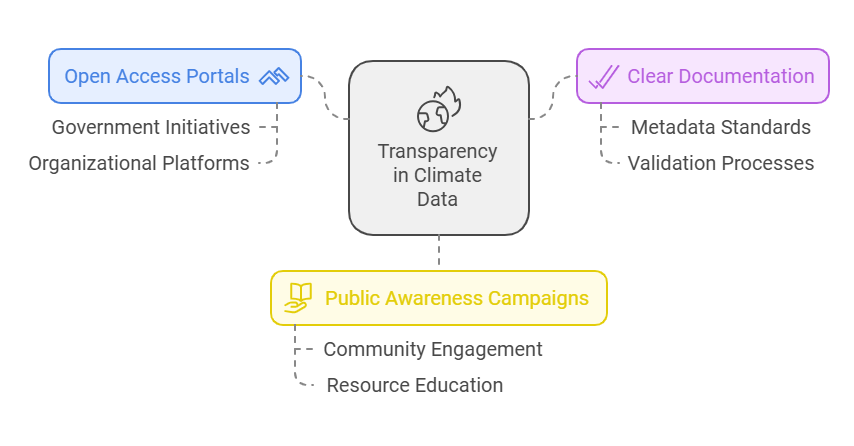
- Open Access Portals: Governments and organizations should provide open, user-friendly platforms for climate statistics and projections.
- Clear Documentation: Metadata should explain how information was collected and validated, enabling users to assess reliability.
- Public Awareness Campaigns: Educate communities about available resources and how to use them.
Improve Public Awareness and Use of Information
Tool
Purpose
Example
Infographics
Simplify and share key insights
Climate Change Visualizations
Citizen Science Platforms
Engage public in data collection
Globe Program
Social Media Campaigns
Spread awareness and drive action
UN Environment Social Initiatives
- Simplify Complex Concepts: Use visuals, infographics, and simplified language to explain findings.
- Engage Communities: Encourage participation through workshops, citizen science projects, and feedback opportunities.
- Leverage Digital Platforms: Social media and online portals make climate information more accessible to a wider audience.
Common Challenges in Climate Information Use
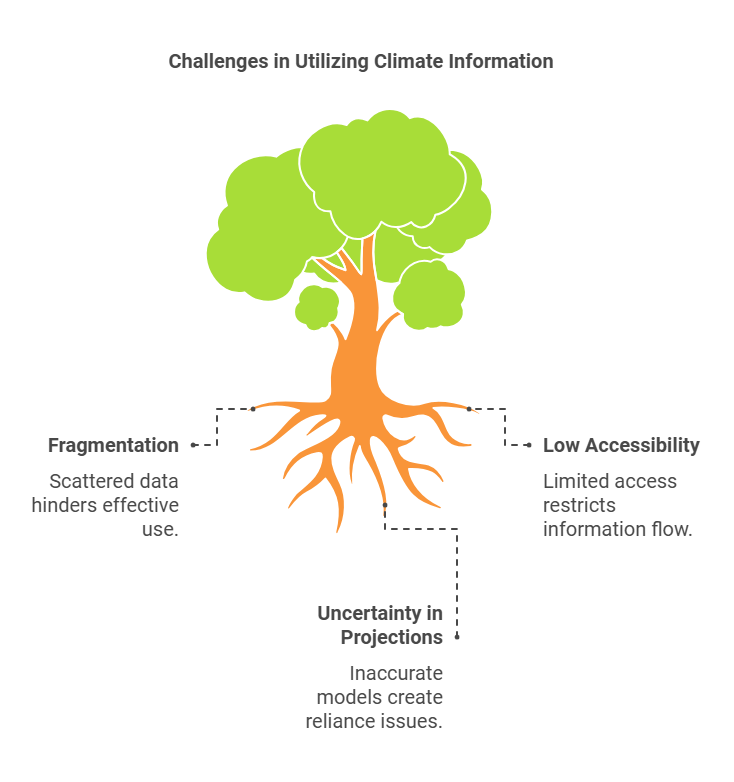
Addressing these issues enhances research quality.
Common Challenges and Solutions
Fragmentation: Integrate scattered statistics using centralized platforms.
Low Accessibility: Advocate for more open-access portals.
Uncertainty in Projections: Acknowledge limitations and rely on validated models.
FAQs
The Bottom Line
Transparency, public awareness, and collaboration further enhance the impact of research, ensuring that solutions are grounded in facts and accessible to all stakeholders. With the right approach, climate research becomes a powerful tool for driving meaningful change and shaping a sustainable future.
Related Posts:
- Top 8 Research Tools Every Climate Scientist Should…
- How Environmental Changes Are Reshaping Housing in…
- Lafayette, Indiana Population Statistics 2025 -…
- Indiana Lung Cancer Statistics 2025: Key Data and Trends
- Gary, Indiana Population in 2025 - Latest Census…
- Indiana Data Protection Act Explained: Simple…
